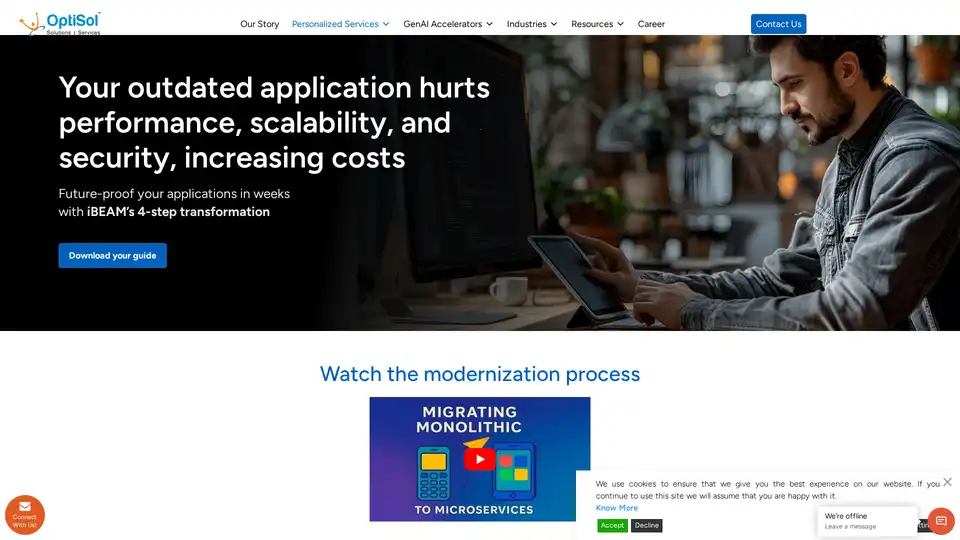
iBEAM
Overview of iBEAM
What is iBEAM?
iBEAM is an innovative application modernization service designed to transform outdated legacy systems into agile, high-performing solutions using AI-powered tools and expert engineering. Provided by OptiSol Business Solutions, a global IT firm with over 15 years of experience, iBEAM addresses the common pain points of legacy applications—such as security vulnerabilities, scalability limitations, and high maintenance costs—by leveraging Generative AI (GenAI) accelerators. This service enables businesses to future-proof their software stacks in just weeks, rather than months or years, making it a go-to choice for enterprises seeking efficient digital transformation.
At its core, iBEAM combines human expertise with AI-driven automation to refactor code, migrate architectures, and optimize deployments. It's particularly valuable for industries like fintech, insurance, and manufacturing, where legacy systems often hinder innovation. By focusing on a streamlined 4-step process, iBEAM ensures minimal disruption while delivering measurable benefits like 3x faster performance and up to 40% cost reductions.
How Does iBEAM Work?
The magic of iBEAM lies in its structured, AI-enhanced 4-step transformation process, which blends Generative AI with application engineering to accelerate modernization. Here's a breakdown of how it operates:
Blueprint Your Architecture: This initial phase involves a thorough application audit to assess current systems, identify pain points, and create a customized modernization roadmap. iBEAM's GenAI tools analyze legacy codebases for inefficiencies, dependencies, and potential risks, ensuring the plan aligns with business goals like scalability and compliance.
Empowered Code Refactoring: Using AI-powered refactoring, iBEAM optimizes and future-proofs outdated code. For instance, tools like Cobol to Java conversion automate the migration of legacy COBOL applications to modern Java environments, improving scalability without manual rewrites. Similarly, Xamarin to .NET MAUI upgrades deliver native, cross-platform experiences. This step reduces technical debt and enhances maintainability.
Automated Testing: Reliability is key, so iBEAM employs comprehensive automated testing to validate functionality post-refactoring. AI-driven tests simulate real-world scenarios, catching bugs early and ensuring seamless integration. This minimizes downtime risks, which are common in traditional modernization efforts.
Modernize and Go Live: The final deployment phase handles seamless transitions to production, often involving cloud migration, containerization, and microservices adoption. iBEAM supports platforms like AWS, Azure, and GCP, using tools such as Docker and Kubernetes for orchestration. The result? A cloud-native application that's secure, scalable, and ready for innovation.
Throughout the process, iBEAM integrates advanced technologies like Spring Boot for microservices, React.js for UI enhancements, and AI frameworks such as TensorFlow for intelligent optimizations. This hybrid approach—GenAI for speed and engineers for precision—sets it apart from purely manual or off-the-shelf tools.
Core Features of iBEAM
iBEAM stands out with a suite of specialized tools tailored for app modernization:
Cobol to Java: Converts rigid COBOL systems to flexible Java, enabling better scalability and integration with modern ecosystems.
Xamarin to MAUI: Upgrades mobile apps to .NET MAUI for enhanced native performance across iOS, Android, and Windows.
Microservices Migration: Breaks down monolithic architectures into modular microservices, allowing independent scaling and faster deployments using Node.js, Go, or Spring Boot.
IntDoc: An intelligent tool that generates readable documentation from code with a single click, streamlining knowledge transfer and compliance.
Additional capabilities include UI/UX modernization, infrastructure optimization, data migration (e.g., Oracle DB to PostgreSQL), and API management. Security features like OAuth 2.0 and Istio service mesh ensure robust protection against breaches, while DevOps tools (Jenkins, Terraform) automate CI/CD pipelines.
Main Use Cases and Practical Value
iBEAM is ideal for businesses grappling with the risks of delaying modernization. Consider a leading fintech company that accelerated its legacy app update using iBEAM's GenAI process—completing the project in weeks and avoiding costly outages. In the insurance sector, clients like an Auto Insurance Company praise iBEAM for handling multiple projects efficiently, fostering innovation through sprints and clear communication.
Key use cases include:
Monolithic to Microservices Migration: For enterprises with rigid, hard-to-scale apps, iBEAM enables agile deployments and easier integrations.
Cloud Migration: Transitioning to AWS, Azure, or GCP to reduce downtime and enhance global accessibility.
Security and Compliance Upgrades: Addressing vulnerabilities in outdated systems to meet regulations like GDPR or PCI-DSS, preventing penalties and reputational harm.
Performance Optimization: Tackling poor UX and bottlenecks, as seen in manufacturing clients using iBEAM for faster workflows.
The practical value is evident in metrics: 3x performance gains, 40% cost savings, and accelerated time-to-market for new features. By mitigating issues like integration challenges and technical debt, iBEAM empowers teams to focus on core business growth rather than firefighting legacy problems.
Who is iBEAM For?
This service targets CTOs, CIOs, and IT leaders in mid-to-large enterprises dealing with legacy tech stacks. It's perfect for fintech firms needing rapid compliance updates, insurance providers handling high-volume data, and manufacturers seeking IoT integrations. Even startups acquiring legacy businesses can benefit from iBEAM's quick turnarounds.
Client testimonials highlight its appeal: "Their team is large enough to handle multiple projects and welcomes regular communications," says Al Bagiro, CTO of an Auto Insurance Company. Dr. A.K. Pradeep, CEO of MachineVantage, notes the team's remarkable expertise in AI and ML projects, emphasizing innovation and responsiveness.
Why Choose iBEAM Over Alternatives?
Unlike generic cloud migration tools, iBEAM's GenAI integration provides intelligent automation that understands context, reducing errors by up to 70%. It's backed by OptiSol's global presence (offices in USA, UK, India, etc.) and trusted clients like DHL and Daimler. Plus, it's flexible—no mandatory cloud move if not needed, though recommended for optimal results.
For those wondering about timelines, projects typically wrap in weeks, depending on complexity. FAQs confirm: Modernization is timely when apps limit growth, and iBEAM excels at monolithic-to-microservices shifts without full rewrites.
Best Ways to Get Started with iBEAM
Contact iBEAM experts via +1-415-233-4737 or info@optisolbusiness.com to schedule an audit. Download their whitepaper on accelerating legacy modernization or explore success stories for real-world insights. Whether building new features or overhauling infra, iBEAM turns legacy hurdles into competitive advantages.
In summary, iBEAM redefines app modernization by fusing AI efficiency with proven engineering, helping businesses thrive in a digital-first world. If your legacy apps are holding you back, iBEAM offers a clear path to agility and innovation.
Best Alternative Tools to "iBEAM"

DataHouse is Hawaii's leading IT consulting firm, offering digital transformation and business modernization services. They provide integrated applications, analytics, and intelligent automation solutions.
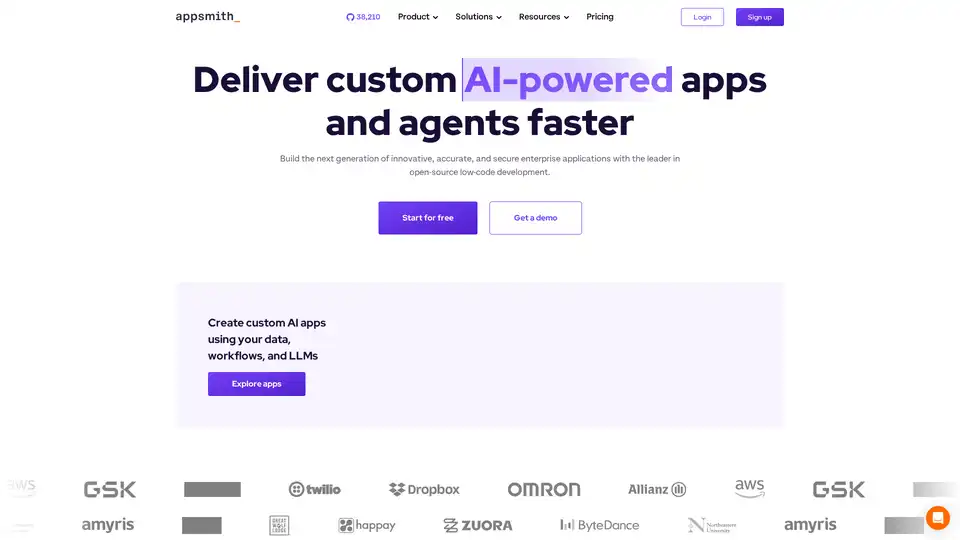
Appsmith is an open-source low-code platform that enables developers to build custom AI-powered applications and internal tools rapidly. It connects to various data sources and offers full control over application development.
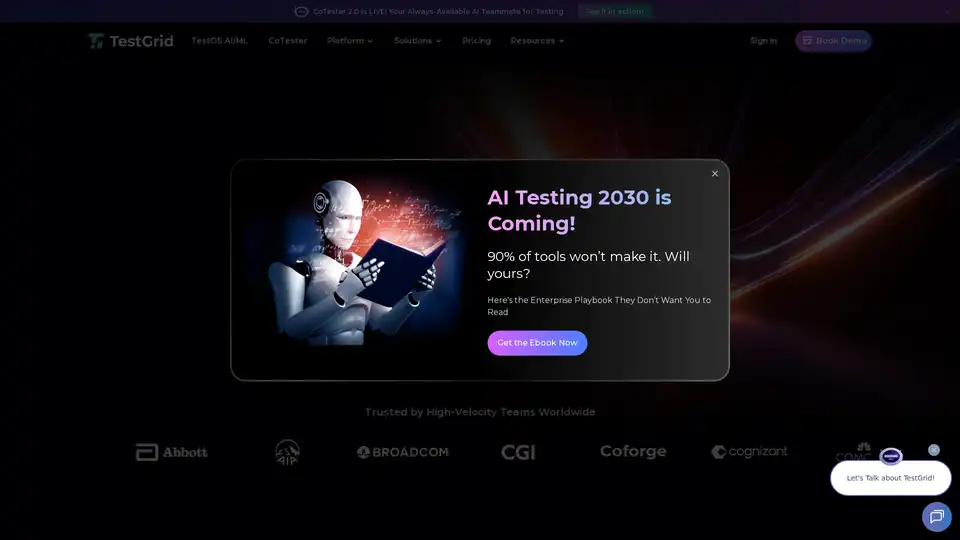
TestGrid is an AI-powered end-to-end testing platform that simplifies software testing with features like codeless testing, cross-browser testing, and mobile app testing. It helps teams release software faster and ensure quality.
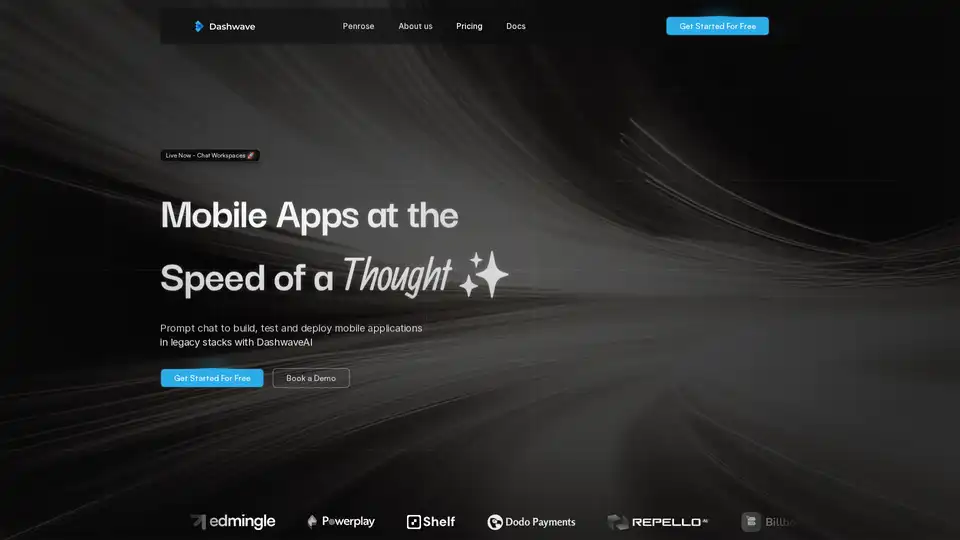
Build, test, and deploy mobile apps faster with Dashwave, an AI-powered platform that simplifies mobile development with text-to-app chat workspaces and Figma to code conversion.
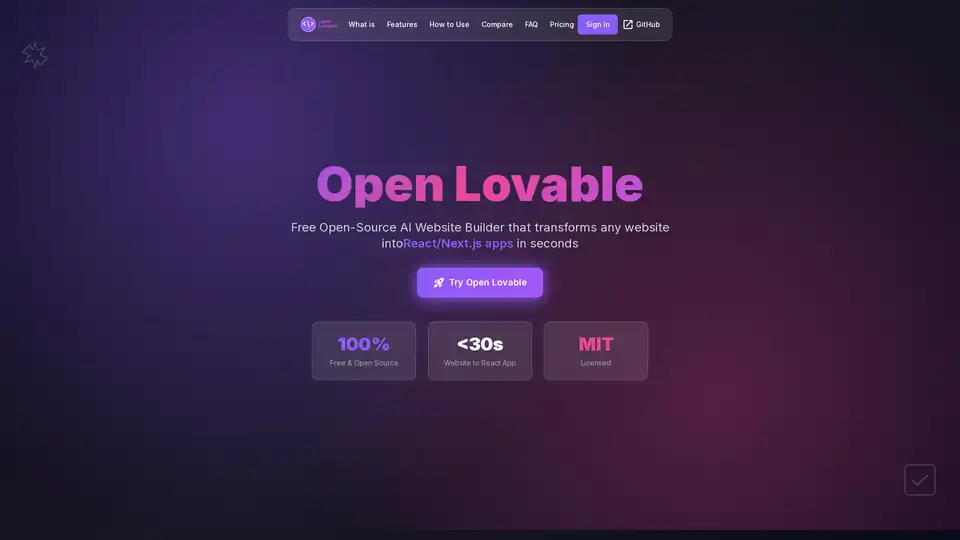
Open Lovable is a free open-source AI tool that transforms any website into React/Next.js apps in seconds. Clone websites, generate clean code, and maintain full ownership. The best Lovable.ai alternative for developers.

Easily swap faces in photos and videos online for free with Face Swap App! This AI-powered tool provides realistic and secure face swapping in seconds. Try it now!

Reply To App Reviews uses AI to generate personalized responses to app reviews, increasing user engagement, app ratings, and customer satisfaction effortlessly. Start for free today!
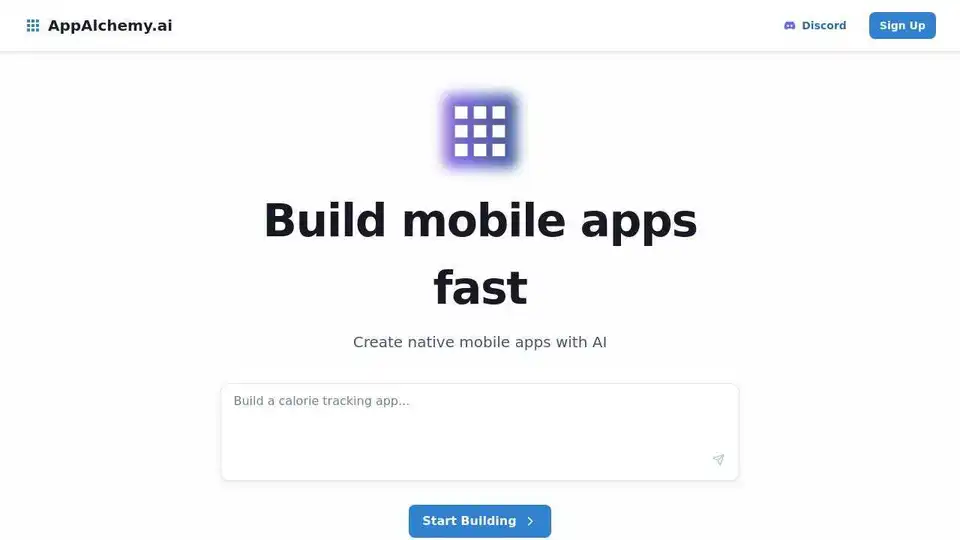
App Alchemy uses AI to design beautiful mobile app mockups in seconds. Refine designs instantly and export to bring your app idea to life. Start creating now!
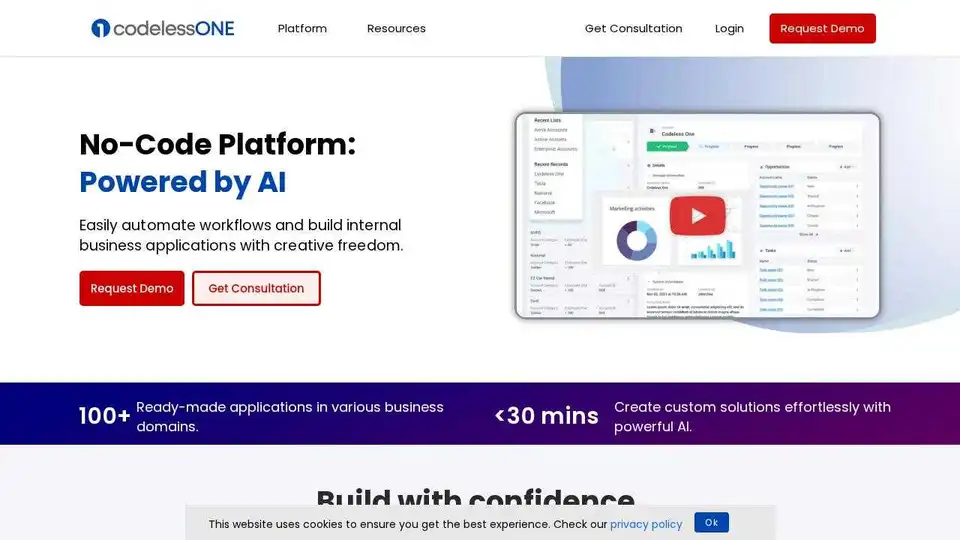
Build custom internal business apps without coding using Codeless ONE, an AI-powered no-code platform. Automate workflows and replace spreadsheets. Start for free today!
Appicons.ai uses AI to generate stunning app icons for iOS, Android, and desktop. Create professional, custom app icons instantly with AI-driven technology. Try it today!
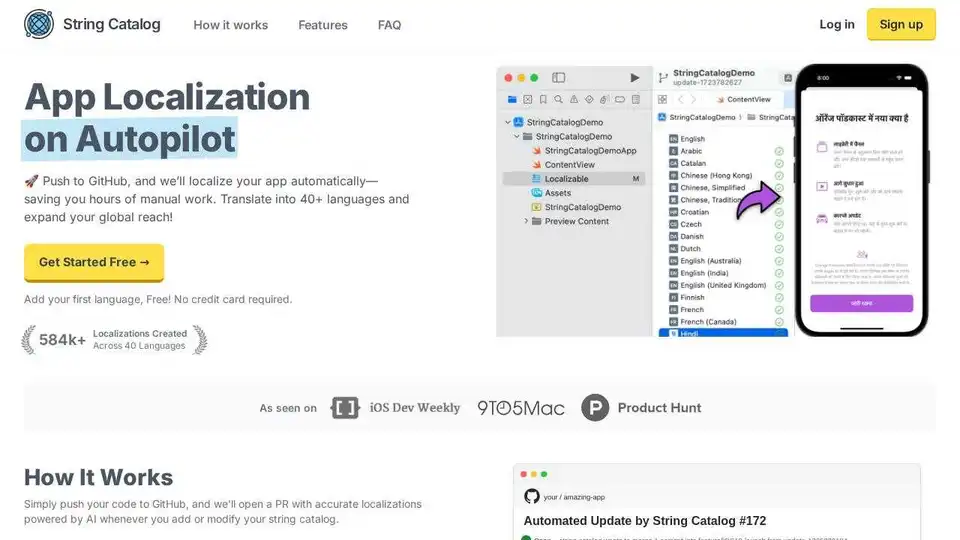
String Catalog automates app localization for iOS & Android. Connect GitHub, translate into 40+ languages with AI, and streamline your workflow.
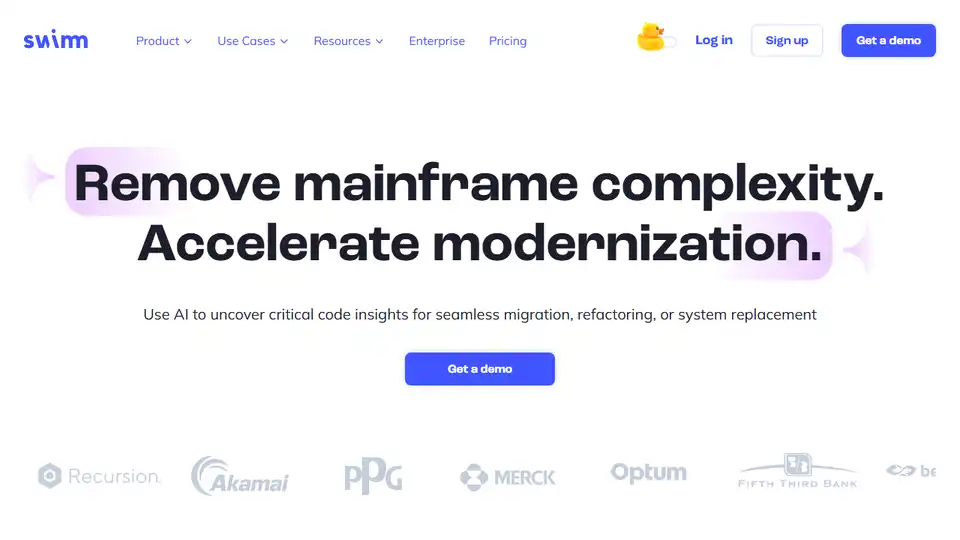
Swimm is an AI code knowledge platform that enables enterprises and governments to accelerate mainframe modernization intiatives.
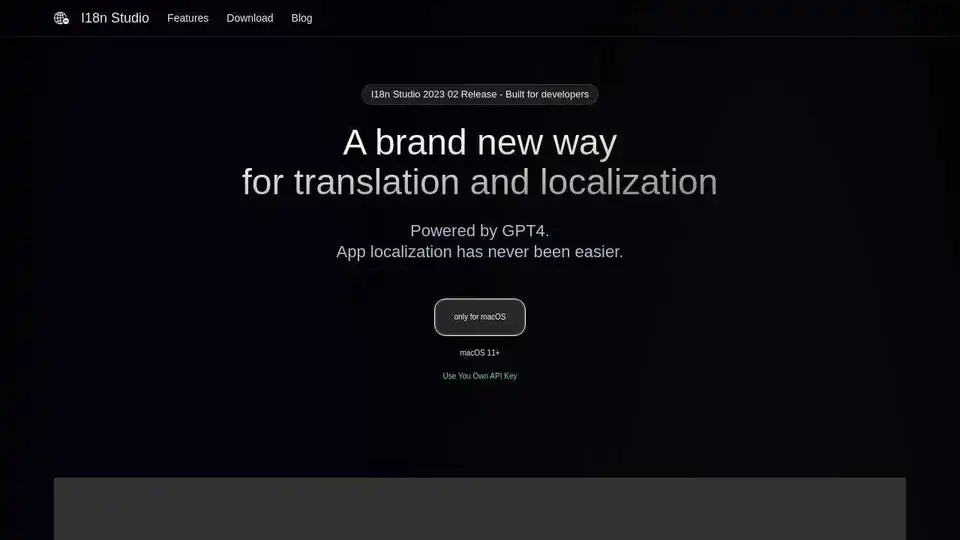
I18n Studio is a macOS developer tool powered by GPT4, offering contextual translation for JSON, XML, Localizable.strings, and String Catalogs, making app localization easier.
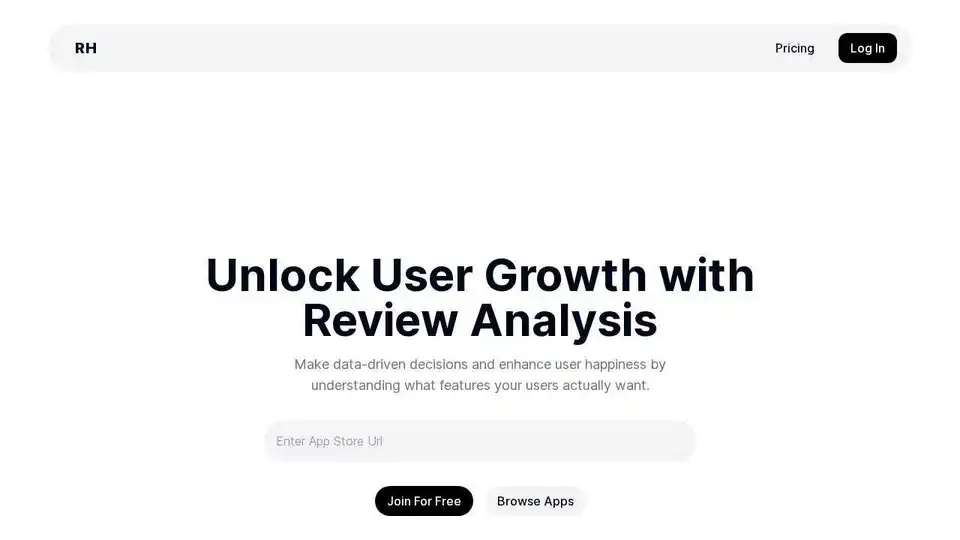
Uncover hidden insights from app store reviews, slash churn rates, and boost user satisfaction with ReviewHawk AI review analysis!
